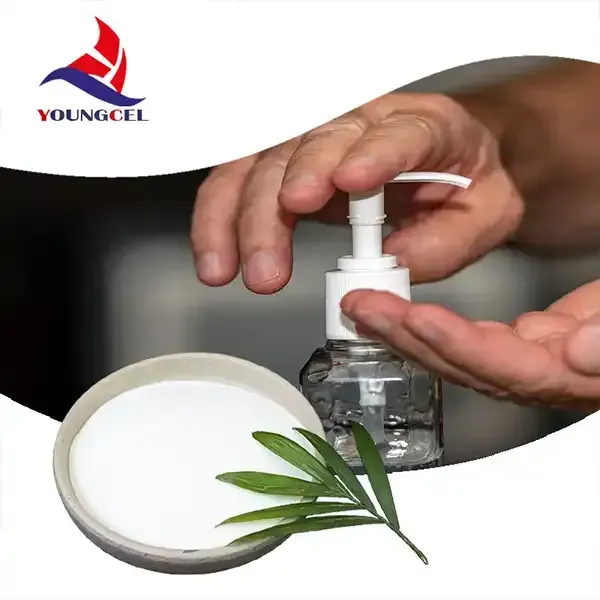Understanding Hydroxypropyl Methylcellulose (HPMC) A Versatile Cellulose Ether
Hydroxypropyl Methylcellulose (HPMC) is a cellulose ether that has garnered significant attention in various industries, particularly in food, pharmaceuticals, construction, and personal care. HPMC is derived from cellulose, a natural polymer found in the cell walls of plants. By undergoing a chemical modification process involving hydroxypropyl and methyl groups, HPMC exhibits unique properties that enhance its functionality, making it a versatile compound for numerous applications.
One of the most notable characteristics of HPMC is its solubility in water. Unlike regular cellulose, HPMC can dissolve in cold water to form a transparent to slightly opalescent solution, which is crucial for various formulations. This property allows HPMC to function effectively as a thickening agent, emulsifier, and stabilizer. In the food industry, it's commonly used to improve the texture and consistency of a wide range of products, including sauces, dressings, and ice creams, providing a desirable mouthfeel while also acting as a calorie-reducing agent.
Understanding Hydroxypropyl Methylcellulose (HPMC) A Versatile Cellulose Ether
In construction, HPMC serves as a key additive in cement, mortars, and plasters. Its water-retaining properties enhance the workability and consistency of building materials, while also improving adhesion. By prolonging the setting time, HPMC allows for better manipulation of materials on-site. This not only improves the quality of construction but also reduces waste, making it an attractive choice for builders and contractors looking to optimize project outcomes.
cellulose ether hpmc

The personal care industry also benefits from HPMC's versatile properties. It is often incorporated into hair care products, lotions, and creams due to its thickening and emulsifying capabilities. HPMC helps enhance the stability and texture of cosmetic formulations, ensuring a smooth application and improved user experience. Furthermore, its capacity to retain moisture makes it a valuable ingredient in hydrating skincare formulations.
Aside from its functional properties, HPMC is recognized for being environmentally friendly. As it is derived from natural cellulose, it is biodegradable and non-toxic, aligning with the growing demand for sustainable and eco-conscious products. This characteristic appeals to both manufacturers and consumers who are increasingly prioritizing environmental responsibility in their choices.
Despite its many benefits, the production and use of HPMC should be approached with an understanding of regulatory standards and quality control measures. It is essential for manufacturers to ensure that the grade of HPMC used in specific applications meets the required specifications to guarantee safety and efficacy.
In conclusion, Hydroxypropyl Methylcellulose (HPMC) stands out as an essential cellulose ether that plays a critical role across multiple industries. Its unique attributes, including water solubility, thickening capacity, and non-toxic nature, make it an invaluable ingredient in food, pharmaceuticals, construction, and personal care products. As the demand for sustainable and effective materials continues to grow, HPMC's versatility ensures its place as a key player in future innovations across diverse applications.






